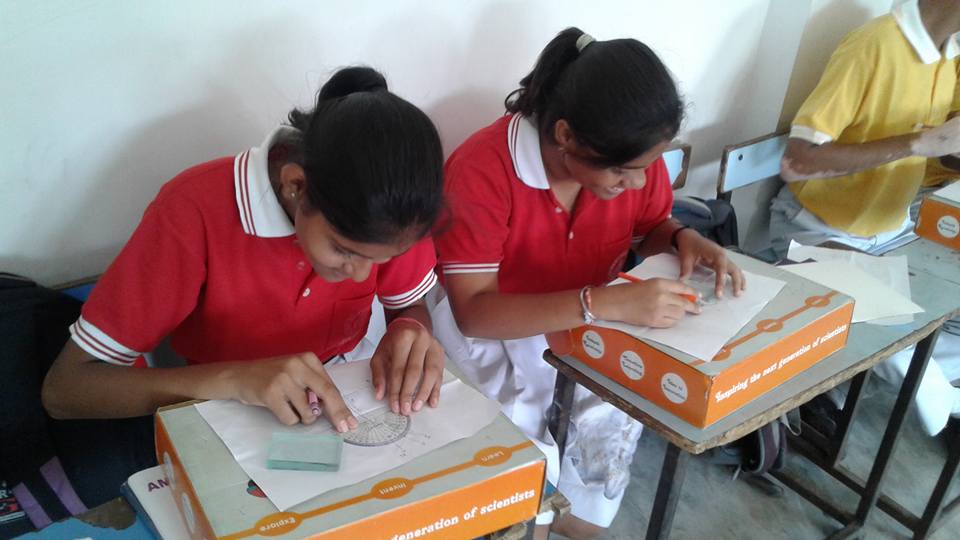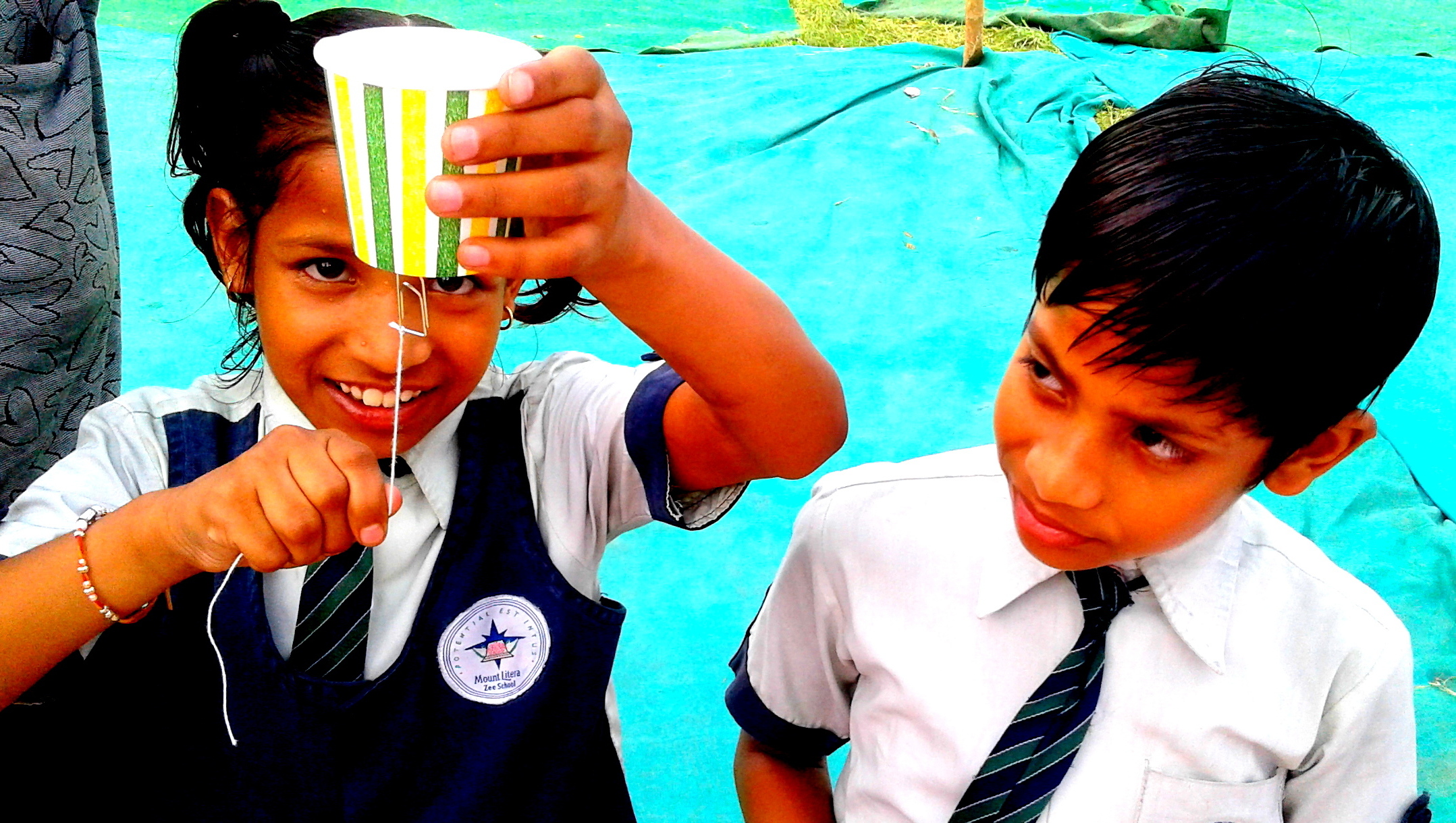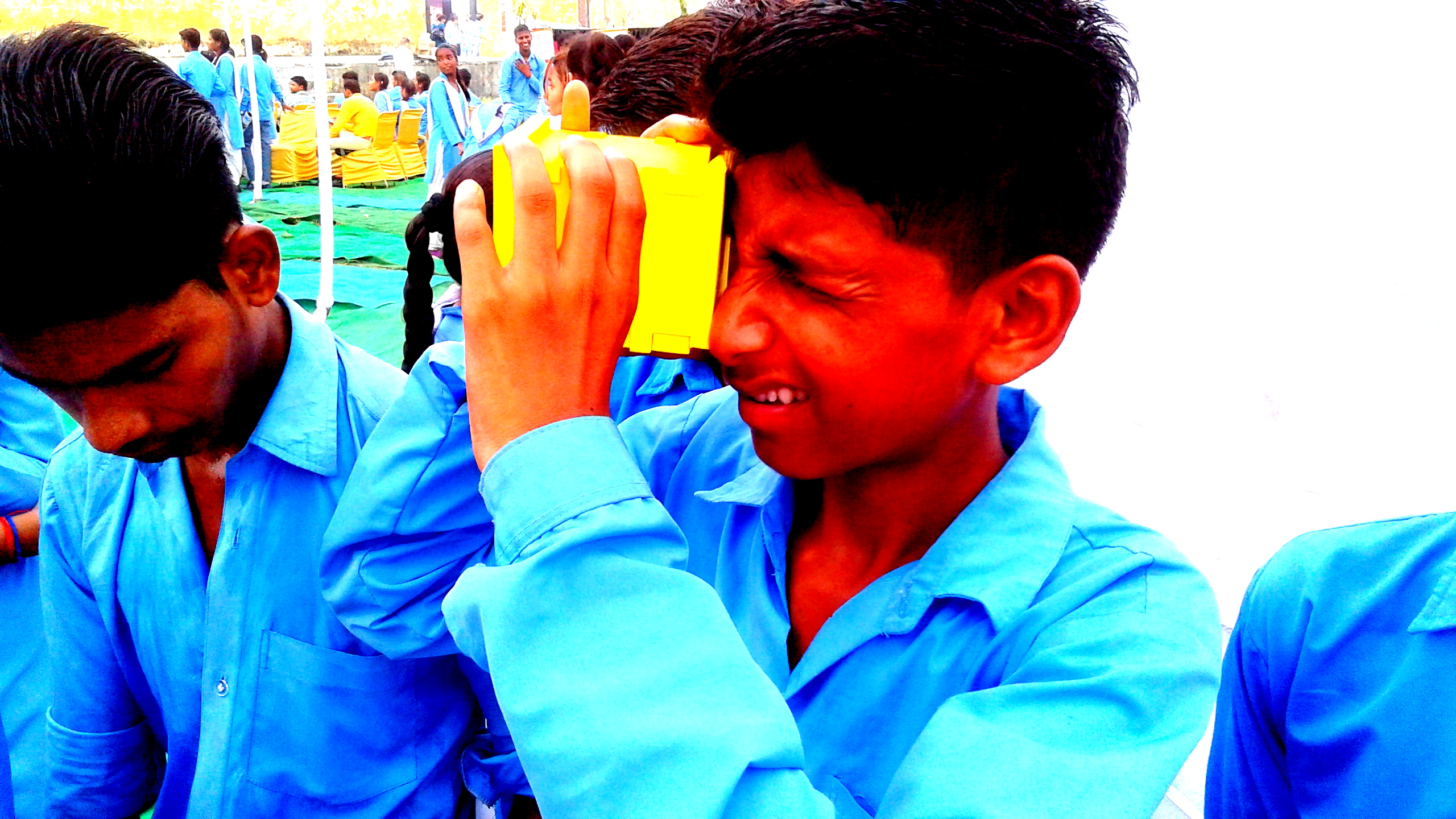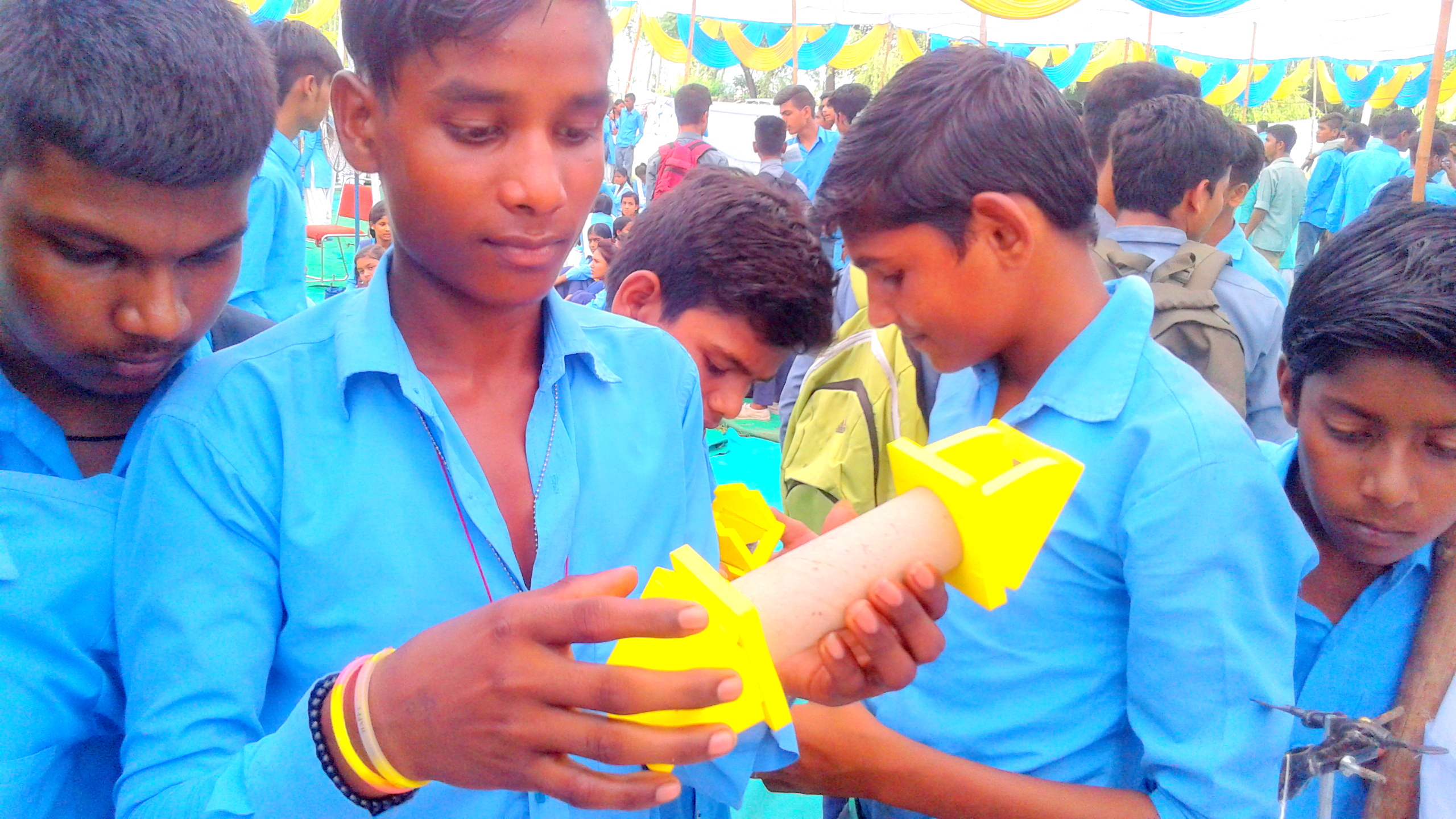Description
Hands On Activities
Hands-on activities play a crucial role in the development
and learning of autistic children for several reasons
Summary
In summary, hands-on activities are essential for the development and
learning of autistic children as they provide sensory stimulation,
promote concrete learning, enhance fine motor skills, facilitate
social interaction, and foster engagement and motivation. By
incorporating hands-on activities into educational and therapeutic
interventions, educators, therapists, and caregivers can create
enriching and inclusive learning environments that cater to the
diverse needs and strengths of autistic children, ultimately promoting
their overall development and well-being



